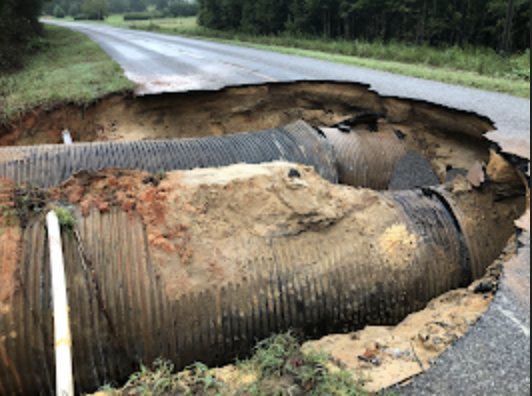Safety ideas for youth athletes during winter weather
Published 12:00 am Monday, January 3, 2005
Athletes should take the time to stretch and warm up there muscles before strenuous workouts.
That's usually not a problem when the weather is warm and the muscles are warm.
But, that's not the case in the winter and during cold weather.
According to the National Safe Kids campaign, an average of 3.5 million children, aged 14 and under, suffer medically-treated sports injuries each year.
Also, children aged 5 to 14 accounts for nearly 40 percent of all sports-related injuries, such as sprained ankles.
According to Sporting Kid Magazine, ankle sprains are probably the most common injury suffered among children.
Dr. Michael Behr an orthopedic surgeon with Southern Orthopedic Specialists in Atlanta says that first time ankle sprains are hard to predict.
"The classic mechanism of injury is the rolling inward motion of the foot causing damage to either the ligaments on the lateral side of the ankle or to the growth plate in the same area."
Behr goes on to say that ankle sprains can be labeled in one of three categories: Grade I, Grade II or Grade III.
Grade I sprains are considered mild and can be treated by the athlete themselves, basically by using the R-I-C-E method of treatment.
R-I-C-E stands for Rest, Ice, Compression and Elevation.
An athlete should rest their injury for 24-48 hours depending on the severity of the injury. Crutches are recommended if limping is pronounced.
Athletes should apply ice to the area of the injury for no more than 20 minutes and then remove it. They are then advised to repeat the cycle.
Be careful though, because ice can burn the skin.
Compression can be placed around the ankle with an ACE bandage.
It is also important to elevate the injury to a level above the heart as a means to reduce swelling.
Grade II ankle injuries are more severe.
"Individuals with this type of injury will often hear a 'pop' when it occurs," said Behr. "A greater number of ligament fibers are torn in Grade II sprains."
Grade III sprains are the most severe.
"In Grade III tears," said Behr, "the ligaments in the ankle are completely torn, leading to an unstable ankle."
Also according to National Safe Kids,
Overuse injury, which occurs over time from repeated motion, is responsible for nearly half of all sports injuries to middle- and high-school students.
Immature bones, insufficient rest after an injury, and poor training or conditioning contribute to overuse injuries among children.
"Despite all efforts, a small percentage of ankle sprains will continue to hurt or be unstable and may require surgery. "
"In order to return safely to competition, an athletes should demonstrate the ability to walk, run and perform sport-specific moves without limping," said Behr.
But, these tips aren't only geared toward the youth that workout, adults should follow these steps as well.
"It really depends on what you are doing," said Karen Higgins an employee of Curves in Greenville.
"You should always do a brief warmup and stretch before and after workouts to prevent cramps."
Higgins also suggests that people beginning a workout routine start slowly and build up.
"If you are starting out with something new, whether it be walking or a weight type program," said Higgins.
"If you are starting walking, for instance, you may walk 15 minutes in one direction and then turn around and walk 15 minutes back. The key is to start out slow and build up. It's the same thing for kids and adults, you start off slow and then you build up."
Higgins also provides tips for dieters.
"When you are dieting you need to exercise at the same time," Higgins said.
"Diet and exercise go hand in hand."
Adults and children should remember to consult with their physicians before beginning any physical activity program.


